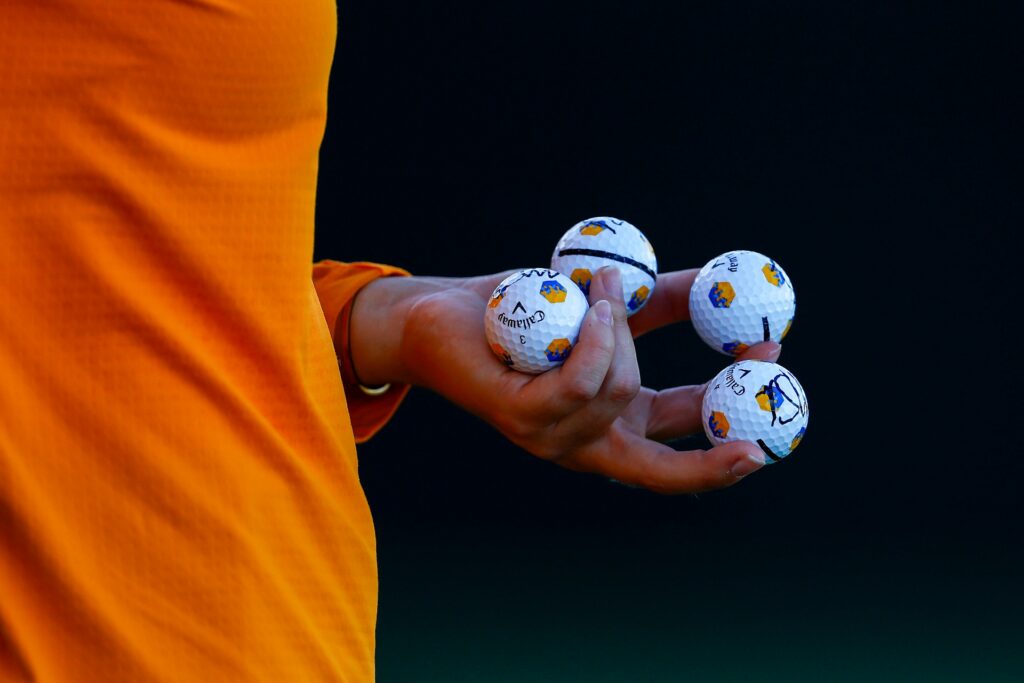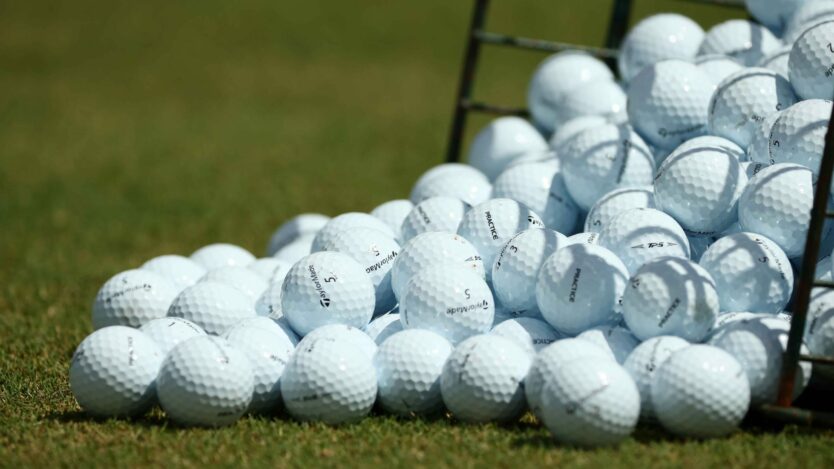The R&A and USGA’s decision to announce a universal golf ball roll back has caused controversy but what could it mean for your clubs and your golfers?
This article is part of GCMA Insights – topical content for golf industry professionals, discussing the things that matter to those who work in golf clubs.
Now we know. After all the speculation, the rancour and passionate opinion, one thing is certain. Your golf ball isn’t going to go as far.
Late last year, the R&A and USGA unveiled a universal roll-back, which will affect everyone from the World No. 1 to the 54-handicapper.
They announced they will update what’s known as the “testing conditions for golf ball conformance under the Overall Distance Standard”.
Put simply, they’ll increase the clubhead speed they’ll test balls from 120mph to 125mph while keeping the limit they can travel the same at 317 yards with a 3-yard tolerance.
It will come into effect in the professional game in four years’ time, with the recreational game following in 2030.
But what will it really mean for those of us who don’t play the game at the highest level? Will the distance we hit the ball be reduced, and what could it mean for the way our clubs approach course maintenance and course length?
Let’s consider a few observations…
Get involved in the debate.
To join the GCMA, click here, or to organise a call with a member of the GCMA team, just complete the form below.
How did we get here?
Back in 2020, The R&A and USGA revealed their long-awaited Distance Insights Report, which claimed longer distances and longer courses was “taking golf in the wrong direction” and hurting the game.
Covid-19 then got in the way, but in March last year, the two governing bodies proposed a Local Rule that would give competition organisers the chance to require the “use of golf balls that are tested under modified launch conditions to address the impact of hitting distance in golf”.
It was supposed to have no impact on the club game, with the rule intended for use in elite male competitions only. The cut-off, in R&A chief executive Martin Slumbers’ view, was Under-18 boys’ level.
But the changes would have bifurcated the game with pros and elite amateurs almost certainly using a different ball to club players. That brought opposition from a range of organisations, including England Golf who believed switching balls for tournaments would be confusing for top amateur players, and there was a re-think.
Now, the roll-back will apply at every level of the game. The R&A and USGA say they have done this to “reduce the impact increased hitting distances have on golf’s long-term sustainability while minimising the impact on the recreational game”.

Will the distance I hit the ball be reduced?
Yes, but how much depends largely on your clubhead speed. The governing bodies took the baseline of a male golfer swinging a driver at 93mph and a female golfer at 72mph.
They’ve estimated that for that average player, the impact for most will be “five yards or less”. Compare that with the top end of the professional game, where it’s estimated the longest hitters will lose up to 15 yards.
WHY JOIN THE GCMA?
Membership of the GCMA unlocks a network of like-minded professionals, provides you with support in your professional and personal development, and provides you with a multitude of benefits. Whether that’s the tools that will help you to excel in your profession, or a wide range of services to support your wellbeing, signing up to the GCMA is joining a community.
What about the golf balls I use now?
There’s no need to worry about this for a while. The balls you use now will remain conforming in amateur golf until 2030. The R&A and USGA also believe a significant portion of balls currently on the market, “and more than 30 per cent of all golf ball models submitted for conformance across the game”, would stay legal after the changes were applied.
We’re yet to find out what those balls are but there is speculation that lower compression, softer feeling, balls may be among those that pass the new testing standards.
Will my club have to shorten their course?
Well, this is the $64,000 question and it will require data when the new rules come into effect to see what the actual impact of the changes are on hitting distances in the club and recreational game.
Five yards, equating to around half a club in distance for lots of golfers, could see clubs consider moving players forward onto different tee boxes.
But that will require a cultural change in our clubhouses too. There is a certain machismo about playing the course from its very limits and the industry as a whole has embraced a trend of lengthening courses – to keep up with advances in technology – over the last couple of decades. How many times have you heard the phrase ‘Championship Course’ used?
But with increasing pressure on clubs and courses to become ever more sustainable, and climate change which appears to be wielding a wrecking ball through course conditions in both summer and winter, the desire to use less – whether that be water, chemicals, or land – is only going to get stronger.
This article is part of GCMA Insights – topical content for golf industry professionals, discussing the things that matter to those who work in golf clubs.
Get involved in the debate. To join the GCMA, click here, or to organise a call with a member of the GCMA team, just complete this form and we’ll be in touch!
Enquiries
"*" indicates required fields



